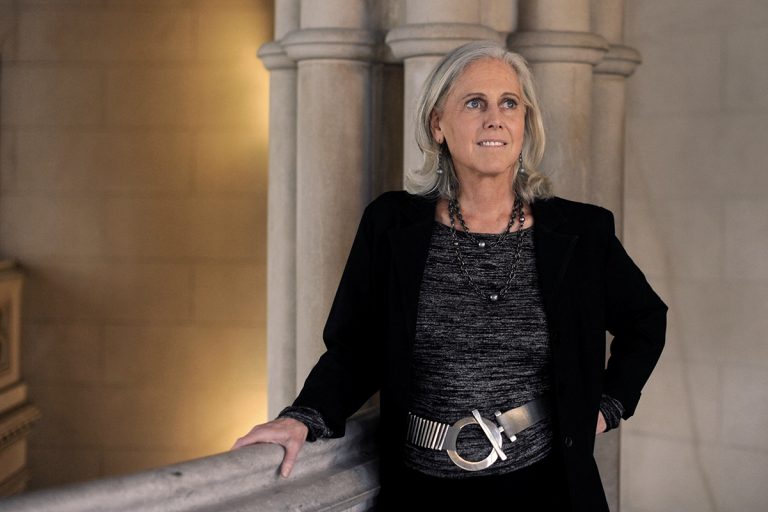
Image by Andrea Morales, © All Rights Reserved.
To Crucify Christ Anew: Lynching Ell, Michael, and Jesus
Over three different days, my friend Kyle and I trudged through mud — he slipped in sewage — in pursuit of the lynching site of Ell Persons. People familiar with the site had sent us a homemade map so we could record the second installment of our theology video series there.
On the first attempt, we arrived at the intersection of a major Memphis thoroughfare and the Wolf River with no idea about direction. On the second day, with map in hand, we hiked the area for two hours with no success. On the third attempt, map in hand again, we found the last remaining bridge abutments in less than ten minutes. It was as if the path to the abutments was hidden in plain sight, revealing themselves only when they — and we — were ready to be seen.
Ninety-nine years prior to our visit to the site, Ell Persons had been lynched in a public spectacle that drew a crowd of around 5,000 Memphians. Contemporary commentators referred to it as Tennessee’s “greatest lynching carnival.” Like other lynch mobs of that era, Mr. Persons’ carried with it the full import of the state, with none of the perpetrators ever coming to justice.
To ignore that what happened to Mr. Persons on May 22, 1917 is connected not only to the present-day extrajudicial executions of black people but to the very crucifixion of Jesus Christ. It is to ignore something profound about God’s nature and the inherent value of black lives.
It wasn’t long after Darren Wilson murdered Michael Brown that people mindful of American history began referring to the act as a lynching. And rightfully so. White Americans have a long history of stealing the lives of black people through lethal force. And not just lethal force, but legal lethal force, state-sanctioned lethal force. The same brutal forces of empire that lynched Emmett Till, Sandra Bland, Tamir Rice, Aiyana Jones, and Trayvon Martin are the brutal forces of empire that lynched Jesus on a Roman cross.
When the Church, in all its stripes and forms, marks the crucifixion through preaching, ritual, and song, it is participating anew in the cruciform realities of the world’s most marginalized. It is a sharing in the shadows of society, mindful that crucifixion was reserved for those whom Rome saw as a threat to its power.
Crucifixion, like lynching, is the empire’s way of preserving the social order. It is a sign of the fate rebels will face if they test the rulers. For the Church to make Good Friday an integral part of its calendar is for the Church to acknowledge that Christ’s death has significance not only for individuals, but for society — that Christ’s death is more than a “gateway to eternal life” but an exposé of the brutality of the powers that be.
When Kyle and I and other pilgrims think of the two abutments at the site of Ell Persons’ lynching, we are reminded that Calvary, the site where Jesus was crucified, can be anywhere. For black Americans, it can happen on a walk home from a convenience store, on a drive back from visiting college friends, or while asleep in the middle of the night. Lethal, state-sanctioned white supremacy makes Calvary portable, wielding its deadly stare anywhere it wills.
Ell Persons’ lynching brings pause to any form of theology that dehumanizes or “others” anyone and any notion of white cultural superiority. To continue to lynch and crucify unarmed black people in order to preserve white supremacist social orders is to crucify and lynch Christ anew.
It is important that people of faith and conscience come into proximity with execution sites like Ell’s. There is something holy and haunting about them. Some might even call it liminal. Whatever it is, it is important, because it reminds us of our capacity to become so preoccupied with domination and power, that we will erase the weakest among us. The crucifixion of Jesus, the lynching of Ell Persons, and the murder of Michael Brown are sharp reminders of the fact that when the lives of the powerless are regarded as less than human, death is just around the corner.



Share your reflection